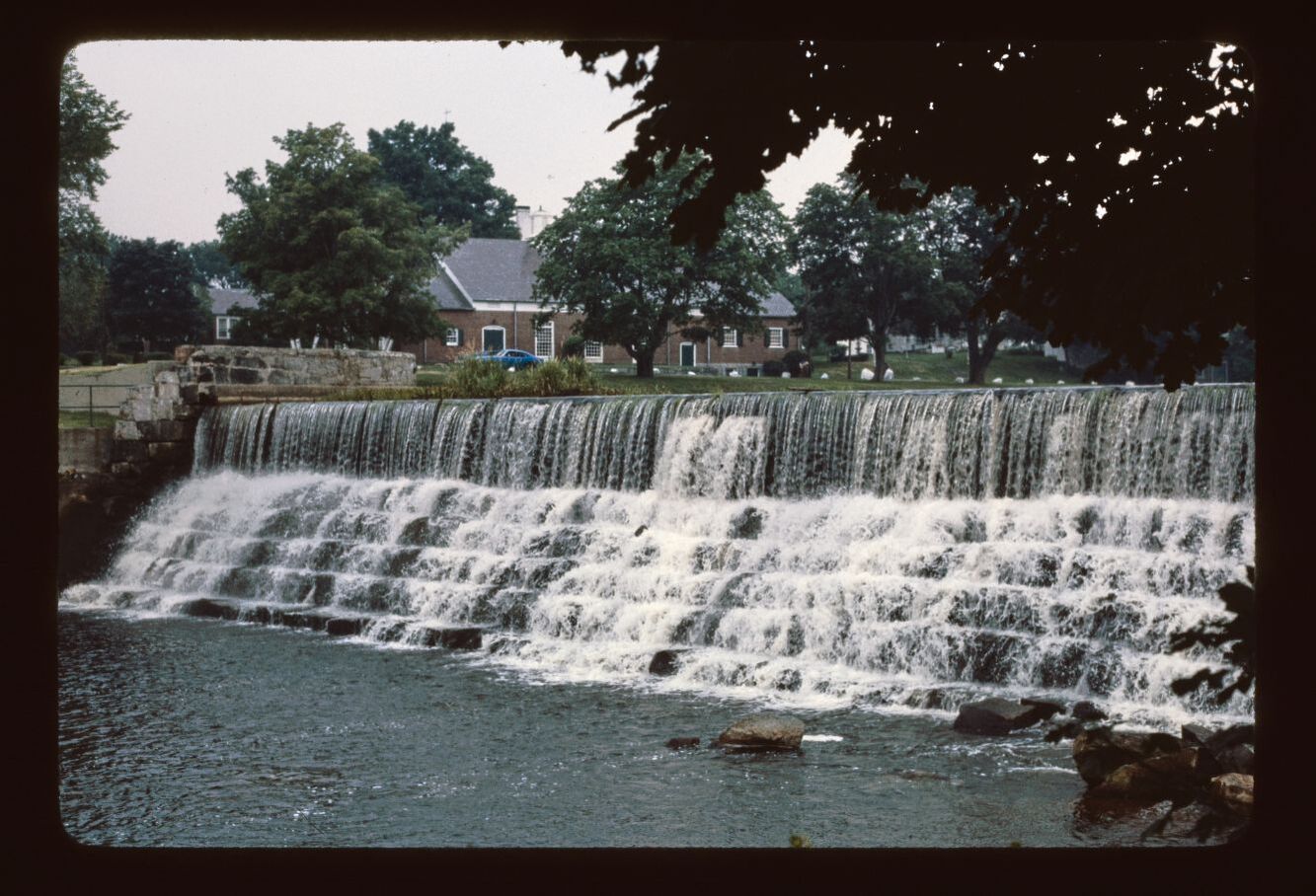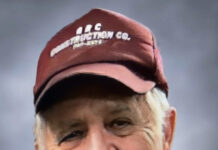Welcome to Burrillville Then & Now, a feature on NRI NOW.
With photos provided by the Burrillville Historic & Preservation Society, we take a glance back at how the town used to look, then show how the same space looks today. Betty Mencucci, president of BH & PS has provided historical information on the site.
Today, we look at Harrisville Dam & Waterfall.

This photo shows the waterfall in Harrisville along with the Number 2 mill building constructed by William Tinkham.
This section of the Clear River was one of the best water privileges in the town of Burrillville. It was originally dammed up to supply power for a saw mill and grist mill. At that time, this part of town was called Rhodesville. It was named after William Rhodes, a privateer who became wealthy during the American Revolution. He lived in a mansion on the corner of Main Street and East Avenue about where the Town Annex is today and owned a large amount of land in town as well as in South Carolina and Vermont.
The village of Rhodesville was renamed Harrisville when Andrew Harris purchased this water privilege and built a shop to make spindles and flyers. In 1829, Harris built a cotton mill. Later it became a woolen mill.
William Tinkham owned the mill and water privilege from the 1850s to the early 1900s. In 1857, Tinkham hired Joseph Blanchard to rebuild the dam at a cost of $6,000. The new dam was made of granite and cement. It was 140-feet-long, 18-feet-high and 22-feet thick at the base. It was constructed with high quality workmanship and considered one of the best built dams in Rhode Island.
In 1912 Austin T. Levy purchased the mill and water privilege from Tinkham. The Number 2 mill building was used as the machine shop for the mill. In 1933 Mr. Levy tore it down to enhance the beauty of the waterfall and the village of Harrisville.









